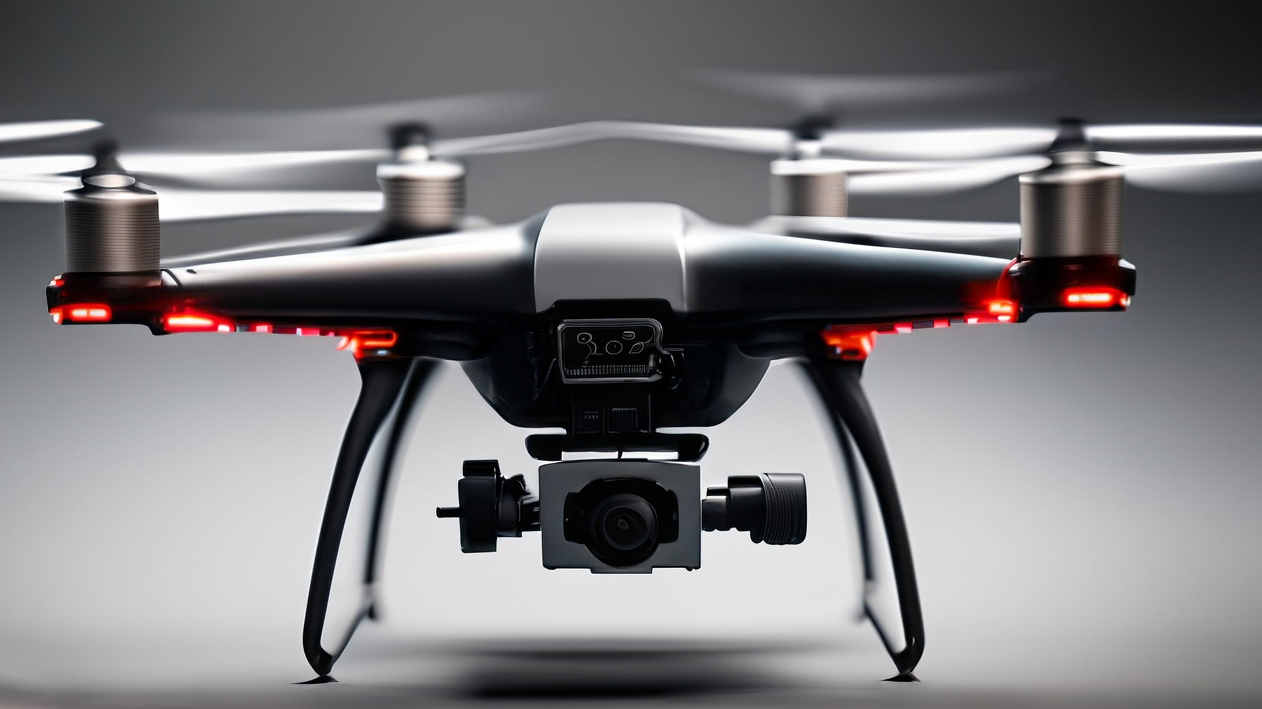Pole Material Testing
General methodology for condition assessment
Our approach to assessing the static condition of columns involves a blend of visual inspection and numerous non-destructive diagnostic methods. The data gathered from each method provide critical inputs for the overall condition assessment. These inputs can vary, with some being precise numeric values linked to physical characteristics and others providing more qualitative information with inherent uncertainty.
Our goal is to unify the management of all results, ensuring a straightforward and relatively objective means of defining inputs for the assessment. We strive to minimize subjective judgments about the column’s condition by developing a methodology that can objectively quantify each column’s condition. This leads to the creation of a new software using fuzzy mathematics, designed to define a quantitative condition indicator that can guide decision-making.
This software takes into account various inputs such as design characteristics, material types, test history, and measured or estimated parameters describing a column’s condition at the time of testing.
methods
Explore our distinct methodologies tailored for thorough examination of different material types.
Reinforced concrete columns
Test with Schmidt hammer
The Schmidt Hammer is a device used for measuring the hardness or strength of concrete or rock. It functions by measuring the rebound of a spring-loaded mass impacting the surface of the sample, and this rebound value can be used to determine the compressive strength of the concrete.
The Schmidt hammer test is a non-destructive concrete test method, which is one of the methods for measuring surface hardness. The test is generally used when it is assumed that the properties of the concrete’s surface and internal mass are not significantly different.

During the test, 10 rebound values are recorded on a prepared surface with an N-type Schmidt hammer. The strength of the concrete can be determined from the average of the rebound values at a given location. The test is relatively simple, can be carried out quickly and can be used in large numbers due to its non-destructive nature. It has the disadvantage that it only provides information on near-surface properties and for older concretes the results are affected by carbonation.
Use: estimation of the compressive strength of concrete.
Ultrasonic test
The test exploits the phenomenon that the ultrasound propagation velocity in concrete is related to the mechanical properties of the concrete (e.g. strength and dynamic E modulus). The combination of Schmidt hammer and ultrasonic tests and data fusion of the results can increase the reliability of non-destructive strength measurements.

Use: Estimation of compressive strength and dynamic modulus of elasticity of concrete. Ultrasonic testing can also be used to determine the depth of cracking of concrete structures.
Crack width examination by microscope
The crack width on the concrete surface is important for the durability of reinforced concrete structures. On-site measurements are carried out with a digital microscope with sufficient accuracy (0.01mm).
Sonic tomography
The sonic tomograph allows the internal structure of a concrete column to be measured without destruction. The test is based on the measurement of the propagation of sound waves. Seismic waves are characterised by their ability to penetrate the medium under investigation, the two most important being P (primary or longitudinal) and S (secondary or transverse) waves. The Piezo sensors of the tester are calibrated to detect the primary waves, so the moisture content of the test medium does not affect the success of the measurement. The sensors are placed around the circumference of the object to be tested (in some cases only along a line on one side), so that important information can be obtained by measuring the sound waves propagating between the sensors facing each other (sound wave velocity and its variation can indicate the density of the cross-section or the exact location and size of cavities, strength characteristics can be estimated by propagation velocity, and the depth of possible cracks can be determined).
Use: to detect structural anomalies, voids, discontinuities, cracks.
Test with a magnetic lebar locator
The test is used to determine the distribution, diameter and cover values of the reinforcement in the reinforced concrete columns. This is important not only for the load-bearing capacity but also for the durability.

Due to the speed of the test, a large number of samples can be measured and the results can be easily analysed statistically.
Chemical tests

The durability and corrosion rate of reinforced concrete columns are tested by means of borate dust analysis. Drill dust taken on site from different depths is analysed in the laboratory. The test causes minimal damage.
timber columns
Sonic tomography
The sonic tomograph allows the internal structure of a timber column to be measured without destruction. The test is based on the measurement of the propagation of sound waves. Seismic waves are characterised by their ability to penetrate the medium under investigation, the two most important being P (primary or longitudinal) and S (secondary or transverse) waves.
The Piezo sensors of the tester are calibrated to detect the primary waves, so the moisture content of the test medium does not affect the success of the measurement. The sensors are placed around the circumference of the object to be tested (in some cases only along a line on one side), so that important information can be obtained by measuring the sound waves propagating between the sensors facing each other (sound wave velocity and its variation can indicate the density of the cross-section or the exact location and size of cavities, strength characteristics can be estimated by propagation velocity, and the depth of possible cracks can be determined).
Use: to detect structural anomalies, voids, discontinuities, cracks.
Moisture measurement

The moisture content of wood affects its strength and durability. The test can be carried out at the surface or with depth sensors in layers further from the surface.
steel columns
Leveraging machine vision for visual inspections allows us to detect the presence of rust in steel columns. In some cases, this analysis alone can suggest clear intervention strategies. However, understanding the extent of the rust – and thus the real state of the steel’s structure – requires further investigation.
Hardness test with Poldi hammer
The Poldi Hammer is a simple tool used to estimate the hardness of metals. It leaves an indentation on the tested material by hitting a metal ball against it. The size of the indentation, compared to standard values, provides the estimated hardness and tensile strength of the material. It is the most simple and most economical tool for defining the Brinell hardness and determining the tensile strength of steel elements.
A hardened steel ball with a 10 mm diameter is placed between the steel surface to be tested and a calibrated steel bar (test specimen) with a specified tensile strength. A single hard hammer blow shall simultaneously impact the indentation of the ball into the test piece and the steel surface to be tested. The diameter of both indentations shall be carefully measured with the magnifying glass provided with the test apparatus. Based on the measured values, the Brinell hardness and the tensile strength of the tested element can be read from a table.
More products
Our other solutions that might be interesting for you.














